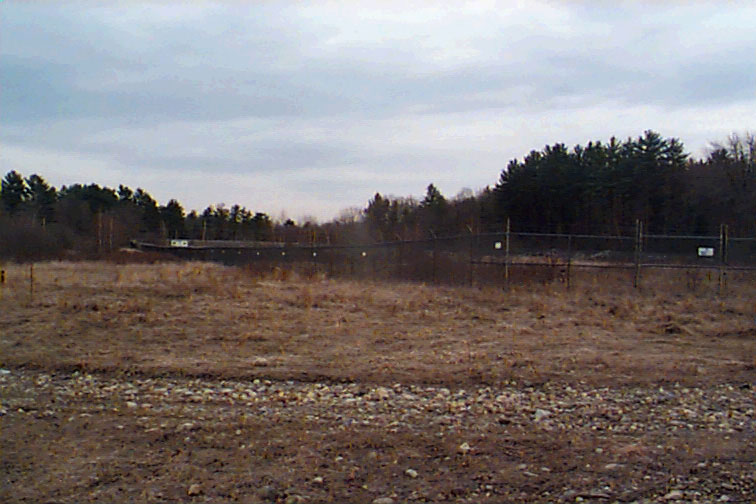the Kingston Barrel Dumpsite Article By Kevin S. Web Site By Matt G. Keith Anderson, Kevin Schulz, and myself, Matt Giguere, wrote an email to the people at the Environmental Protection Agency in Boston, Massachusetts. Below are the answers to some of the questions we asked. Question: Who first informed you of the harm the dumpsite in Kingston, NH was causing? Answer: In the early 60's the NH Water Supply
and Pollution Control Commission (WSPCC) received many complaints from residents
that runoff and seepage from the leaching pit at the Kingston Steel Drum facility
(KSD) was draining into South Question: What was the process that was performed to end the destruction of the environment? Answer:( From NHDES and EPA based on memory and general knowledge of site) There were several actions by the Potentially Responsible Parties and the government agencies which resulted in improved conditions at the site. Approximately 6,000 barrels/drums and some contaminated soil were removed in 1985-1986. On the Ottati and Goss (O&G) portion of the site, contaminated soils were excavated, treated and returned to their original location. The contamination removed was volatile organic compounds (VOCs) and the treatment technology was low temperature thermal aeration. Approximately 5,000 cubic yards of material were treated. The Great Lakes Container Corporation (GLCC) building was decontaminated and demolished between 1993 and 1994`. As part of that action about 14 underground tanks were removed. Future action scheduled to begin in 2000 is the excavation and treatment of soils and sediments east and west of Route 125. The contaminants of concern are polychlorinated biphenyl's (PCBs) and VOCs. The treatment technology is thermal desorption. Material will be heated using indirect heat to evaporate contaminants from the soil and the contaminants will be collected in pollution control equipment. Question: How was the site rehabilitated and the waste disposed of at the "Barrel Factory"? Answer: The operations of KSD and GLCC used open lagoons and then seepage pits to dispose of the contents of the barrels as well as the chemicals used to clean the barrels. The paragraph above describes the clean up operations. Waste that was sent off site was sent to a regulated hazardous waste facility.
Answer: A cash out system was used to help
and pay for the cleanup efforts. A cash out is where the settlement is for
money to be given to the governments to perform the work or if the work is
done to eliminate most of any future liability of the responsible parties.
Question: What actions will be used to prevent construction on the site in the future? Answer: Once clean up is complete the site could possibly be reused. The goal of clean up is to have the site be reused in some form or another. The reuse of sites nationwide is varied and includes, recreational, park, open space, industrial, commercial and residential. Many sites have ongoing uses surrounding them and the reuse is usually compatible with surrounding uses. In the case of O&G, the State of New Hampshire is going to acquire the 5 acres of property that was the former barrel site using its eminent domain authority. The state has agreed to place deed restrictions on the property that will preclude the use of the property for residential use or day care for children if a commercial business is located on the property. These restrictions are called institutional controls and result from the soils being cleaned up to a point that is acceptable for non residential use. The ground water is another issue that has not been resolved yet. Drinking water in Kingston is obtained from on site wells. Until the groundwater is cleaned up the property may not be able to have any use that would require drinking water.
|
||
 Brook and eventually entering Country Pond.
Brook and eventually entering Country Pond.